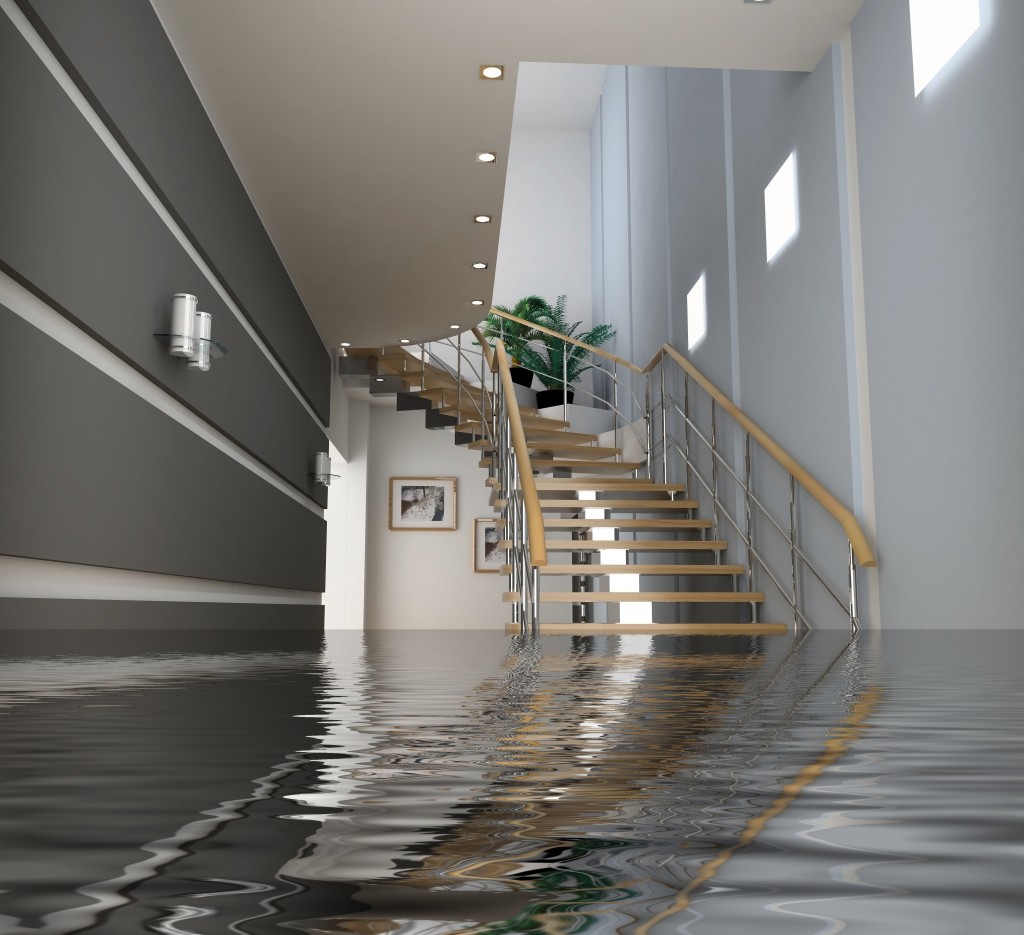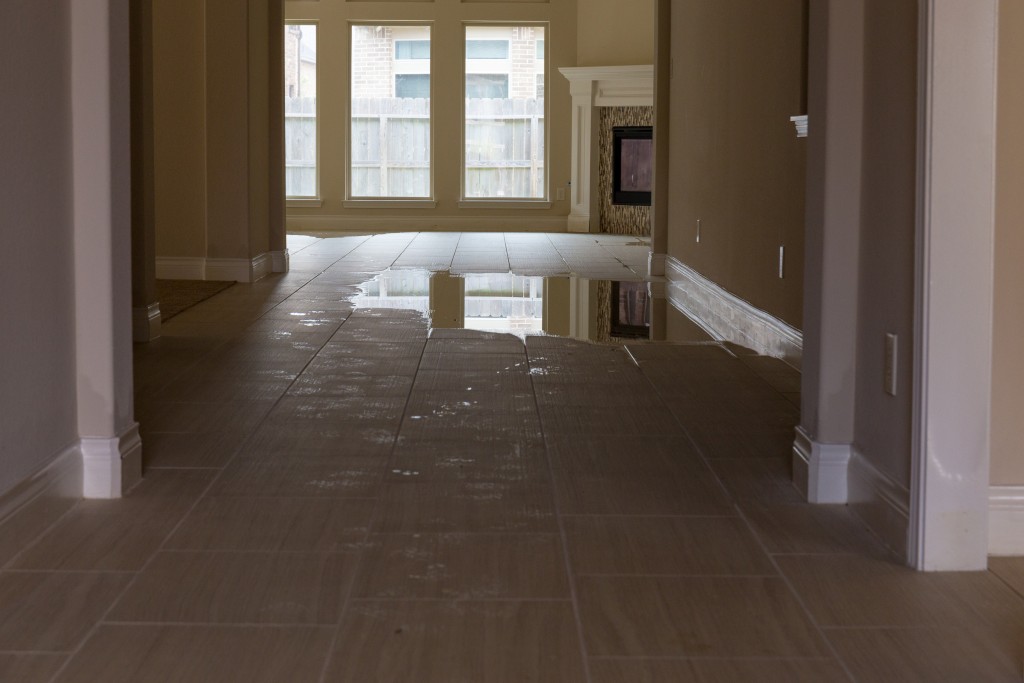When it comes to natural disasters and occurrences, flooding is known for having a devastating effect on homes’ lifespan while also affecting the crop yields in more rural areas. That is mostly in the United Kingdom when it usually rains throughout most of the year.
With our ingenuity in engineering, it’s easier for us to counter the effects of flooding. Most drainage systems are designed to take a fair amount of water and disposing of it in the right areas. However, certain areas of the United Kingdom don’t have the proper storm drainage systems, which can easily cost thousands of billions of GBP in repairs.
The United Kingdom is known for getting a fair amount of rainfall throughout most of the year. While rain isn’t a problem for most individuals who have homes in highly-elevated areas, flooding is usually a problem for individuals in lower-elevated areas. There are 5 million inhabitants in the UK that live in areas that are prone to flooding.
What Causes Flood Damage and Flood Losses
While most buildings the country are designed to withstand different weather conditions and high winds, most water damage types do not necessarily come from heavy rain and storms. Instead, flood damage can cause structural damage to the integrity of homes while also creating a cascade of hazards, which can lead to injuries.
But what usually causes flood damage? Before we move to how we can protect our home, getting to the bottom of the early signs of flood damage.
- Clogged waterways — One of the leading causes of flooding is clogged pipes and drainage systems. Frequently, the main culprit to these sewage systems is the build-up of waste and rubbish. Since debris can clog sewer systems and drainage pipes, it’s only appropriate that you hire a professional clearance service that is well-versed in clearing up waterways.
- Lowest elevation — Normally, water will always trickle down to the lowest known elevation. Most homes situated in low-lying areas and near coastal areas with low slopes are the most prone to flooding. If you do not close your basement windows, water will most likely accumulate in your basement, which will damage your home’s overall foundation.
- Weather conditions — Flooding is caused by a variety of different environmental factors that are outside human control. Whether it’s heavy rain, a tsunami, or a storm surge, flooding is usually caused by a sudden rise in water levels.
There are two types of flood losses: tangible and intangible.
- Tangible — usually refers to material losses that have been damaged during flooding. Usually, this is damage to property, contents, and public infrastructure. The loss of livestock is also considered tangible. However, substantial losses can also refer to expenditure by the government on rescue efforts and evacuations.
- Intangible — Usually refers to how flood damage affects human life and interactions. That includes loss of lives and injuries. It can also refer to the detrimental effects of the environment and mental trauma caused by the flooding.
Protecting Your Home Against Flooding
- Clearing Your Waterways — First and foremost, clearing your waterways can ensure that water is directed towards the right areas. Again, rubbish and waste are the main catalysts for clogging, not just in sewage and drainage pipes, but can also cause leaks.
- Unplugging appliances — Electrical appliances and objects can become electrical hazards when water is present. It’s also advised that you wear rubber boots if ever water makes contact with your feet.
- Modifying your home — One tried and tested way of removing ensuring that your home is protected from flooding is placing it in an elevated area. Being able to predict where water will help prevent flooding. Most experts would say that you should install interior and exterior valves that will regulate the flow of water.
When it comes to the budget of retrofits, most experts would say that you might have to spend around 15,500 GBP. However, most would say it’s a necessary investment since safety should always be a priority when it comes to homes.

Overall, there are different ways of mitigating flooding damage to our home. Something as simple as sealing basement windows and landscaping your home to have a slope can already minimize damage. While most of us are to fixated on home renovations, we can include measures like this to prevent losses.
Retrofitting and modifying your home to minimize flooding damage might have a hefty price tag, but it is a necessity. In the long-term, you’ll be able to save more, knowing that you’re averting any damages that might happen to your home. After all, preventing damage is better than having to spend thousands of pounds on repairs.

